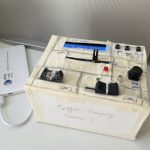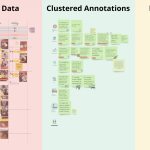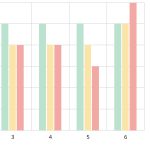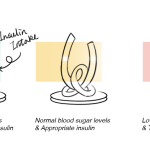
The Knot
The briefing of this project came from Novo Nordisk, a pharmaceutical company interested to learn more about how data might enable a higher level of care, while lessening the burden of living with type 2 diabetes. The scope evolved around better diet and exercise, which allowed us to focus our research on those topics. Because testing with actual diabetes patients wasn’t allowed due to ethical reasons, and because co-responsibility is not thoroughly researched when it comes to type 2 diabetes related studies, we decided to focus our efforts on exploring how friends and family support diabetes patients. The results indicated that there are two stages in co-responsibility that require different types of solutions: 1) a foreign stage in which the way of acting and supporting has to be established, and 2) an entrenched stage in which support has been ingrained into the daily routine. Therefore, we proposed a central design piece that visualises different types of data, suitable to the stage the users are in, to help co-responsible people support their close ones.
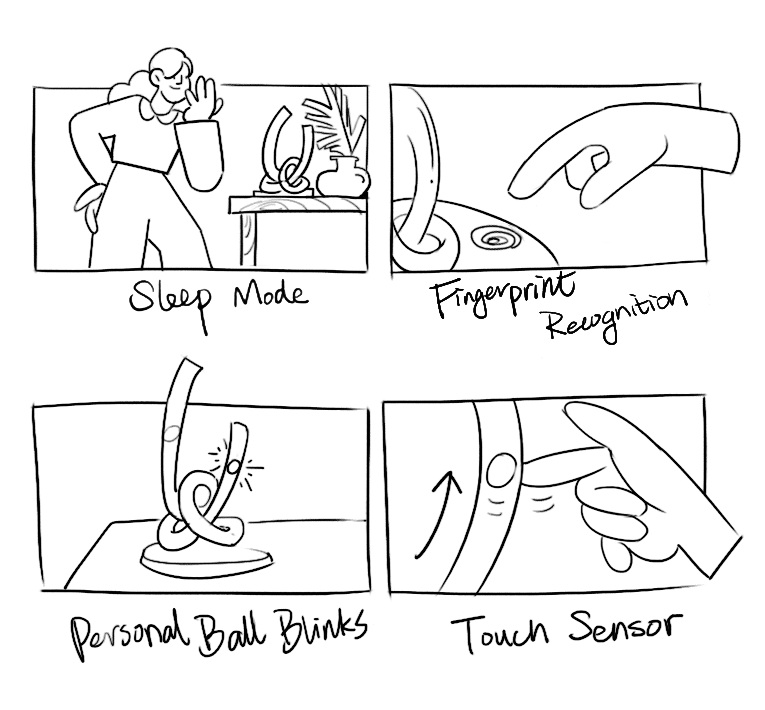
Math, data and computing
In this project, I was teamed up with highly technical people that were eager to create prototypes to collect data with. However, researching the background, setting up the methodology and managing the data streams was important to ensure useful and valid data would be collected. We brainstormed about what types of data we could collect to supplement data that could be found online and data we had already been provided with through the course. We created two self-reporting prototypes, used the Telegram chatbot and interviewed participants to gather data which could then be analysed. In summary, I think we used data collected with self built prototypes smartly to support our quick and iterative design process.
Creativity and aesthetics
Even though the focus of this project lied with the data collection and analysation, I am proud of the design that we created based on the findings of the study. The design is an organic, knotted shape that resembles the intertwined state of factors influencing diabetes type 2 and the perceived support by patients and family members. It is one of the few physical designs I made and it fits perfectly with my ideas about calm technology and design in general. Its sleek, organic and simplistic, doesn’t add unnecessary triggers to the environment and is open for users to form their own interpretation. The way to interact with the device might not speak for itself at first, but is still simple enough to convey in an illustration such as this one. In addition, we have paid special attention to privacy, as it is a personal product that does not need to communicate to everyone. More on the design of ‘The Knot’ can be read here.



